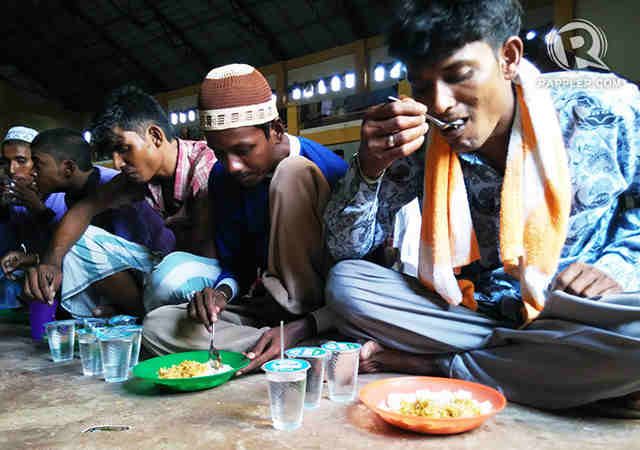SUMMARY
This is AI generated summarization, which may have errors. For context, always refer to the full article.
 Minority groups are living relics of a country’s history and culture. Their existence retells stories that tattered manuscripts and chipped artifacts cannot. Their preservation ought to be a burden shared universally because each state is essentially identified by such history and culture. However, the misfortune of the Rohingya people contradicts this premise.
Minority groups are living relics of a country’s history and culture. Their existence retells stories that tattered manuscripts and chipped artifacts cannot. Their preservation ought to be a burden shared universally because each state is essentially identified by such history and culture. However, the misfortune of the Rohingya people contradicts this premise.
These ethnic migrants are lost at sea, depraved, and famished. They are denied citizenship and persecuted to the point of seeking refuge with human trafficking syndicates. (FAST FACTS: Who are the Rohingya people?)
This ongoing human ping-pong depicts the lack of sympathy to minority and ethnic rights in Southeast Asia.
But of course, why would the developing states prioritize the minorities, much so foreign ones, when they are in fact struggling to wiggle out of the mainstream economic quicksand?
As it is, the rules of survival justify them from refusing sanctuary to the Rohingya. Although less diplomatic when a state turns a deaf ear to foreign mendicants, it is merely being pragmatic when it rather allocates the supposed aide for stable national food supply or potable water systems.
The states have to protect their own. Poverty, after all, is a valid excuse. Yet the war against poverty — may it be local or global — cannot be isolated from the preservation of ethnicity.
Poverty and ethnicity

The International Labor Organization recently released the results of a study in Peru that correlates ethnicity with economic status. It revealed that households of indigenous origin have significantly higher poverty levels than those of households of non-indigenous origin.
Around 62% of households of indigenous origin are poor compared to 35% of households of non-indigenous origin. It concluded that coming from a household of indigenous origin increases the probability of becoming poor.
This, among other studies, proves that indigenous and tribal peoples survive as among the poorest of societies. (READ: ASEAN refugees: Should the PH care?)
Poverty and ethnicity are apparently inseparable. Thus the minorities are prone to the pangs of human rights abuses, conflict discrimination, child labor, forced labor, and gender-based marginalization — problems that even mainstream communities cannot easily prevail upon.
To win against poverty, those who are stricken most must be remedied most. More upsetting is the emerging hopelessness of their living conditions as they would often accept the status quo and will ultimately be denied effective representation in national development and decision-making.
This misfortune of the Rohingya people appears to be also an irony.
The Association of Southeast Asian Nations (ASEAN) is set to begin its one region goal this 2015 where it descriptively yearns for educational reform and regional cooperation all for each member-state’s economic and social stability. The misfortune of the Rohingya people is a missed opportunity for such implementation.
Though technically not citizens of any ASEAN member state, the Rohingya people shares common cultures, tradition and more importantly, ancestry. Shouldn’t their economic and social stability matter as well?
How can it be an ASEAN community when there are reservations to extend territorial sanctuary? How can there be one ASEAN region when the member-states play “I’m not my brother’s keeper?” (READ: PH to join regional meeting on Rohingya)
There will be food and shelter to spare as society rests upon an equilibrium. The exclusive relief of one state from hunger becomes the woe of the poorer neighbor. It has been proven time and time again that when resources are combined, tsunamis, earthquakes and even super-typhoons can be survived or at least rehabilitated. — Rappler.com
Maria Reylan Garcia, Juris Doctor III, University of St. La Salle College of Law.
Add a comment
How does this make you feel?
There are no comments yet. Add your comment to start the conversation.